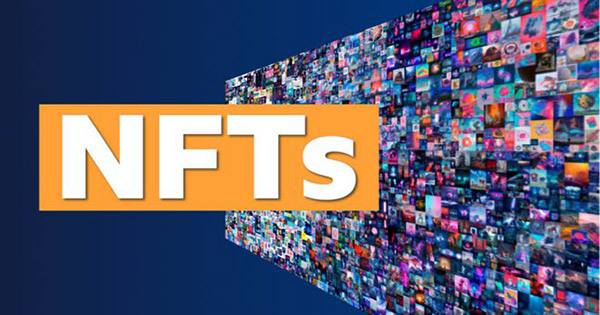A 12-year-old entrepreneur created a series of pixelated drawings of whales and found an interesting way to make money after selling them as NFTs. Using a program to add hats and other accessories to draw base whales to create the ‘Strange Whale’ series, Benjamin Ahmed won $400,000 (£290,000) over his summer vacation.
Benjamin will now return to school with a seriously wealthy child and is currently defending his fortune in the cryptocurrency Ethereum (how many NFTs are paid). She hopes to continue her love of coding, following in the footsteps of her father, who is a software developer and involved with children at an early age. “My advice to other kids that might want to get into this space is not to force yourself to code because you can get peer pressure – like you like to cook, cook, if you like to dance, dance, and just do what you can.” Do it, “he said in a statement to the BBC.
Whales were created using a program that Benjamin wrote, including 3,350 works of art in this series. Now that they have sold out, he wants to create a ‘superhero’ collection, even a game with his work.
Benjamin’s classmates are still unaware of his newfound crypto-wealth, although he has made YouTube videos about his hobbies, which he enjoys, swimming, badminton, and taekwondo as well. “My advice to other kids that might want to get into this space is not to force yourself to code because you can get peer pressure – like you like to cook, cook, if you like to dance, dance, and just do what you can.” Do it,” he said.
The kids benefited from a strong network of technology experts so they could call for advice and help – but he was extremely proud of them. “It was a fun practice – but I soon realized that they really took it and they were really good,” Imran said.
“So we started to get a little more serious – and now it’s every day … but you can’t order these things, you can’t say I’m going to learn coding in three months.” Strange Whales follows Benjamin’s second digital-art collection, the previous Minecraft-inspired set that sold less. This time, he took inspiration from a well-known pixelated whale meme image and a popular digital-art style but used his own program to create sets of 3,350 emoji-type whales.














